Transforming Education Through Service Learning Experiences
By , June 25, 2025
Service learning is a teaching method that blends classroom learning with community service. It engages students in hands-on projects that meet real community needs while boosting their education and sense of civic duty. This approach creates a win-win for students and communities alike.
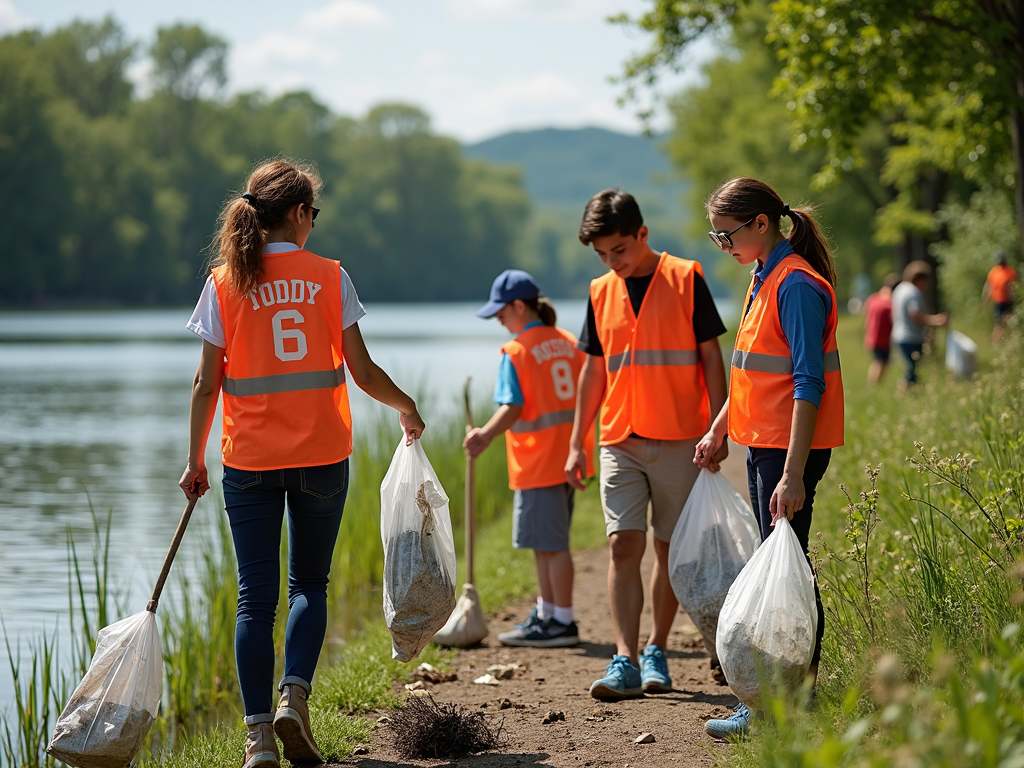
What Are Service Learning Experiences in Education?
Service learning experiences in education take students beyond the classroom. They combine academic lessons with volunteer work to tackle real-world issues. Picture a science class planting trees to fight erosion or a history class interviewing veterans to preserve local stories. These projects connect what students learn to what communities need.
Unlike regular volunteering, service learning ties the work to specific school goals. Students don’t just help out—they reflect on their actions and link them to their studies. This reflection turns experiences into lessons, making learning deeper and more meaningful.
Educators use this method to spark curiosity and responsibility. Students get to see their skills in action, while communities gain from their efforts. It’s a practical way to learn that benefits everyone involved.
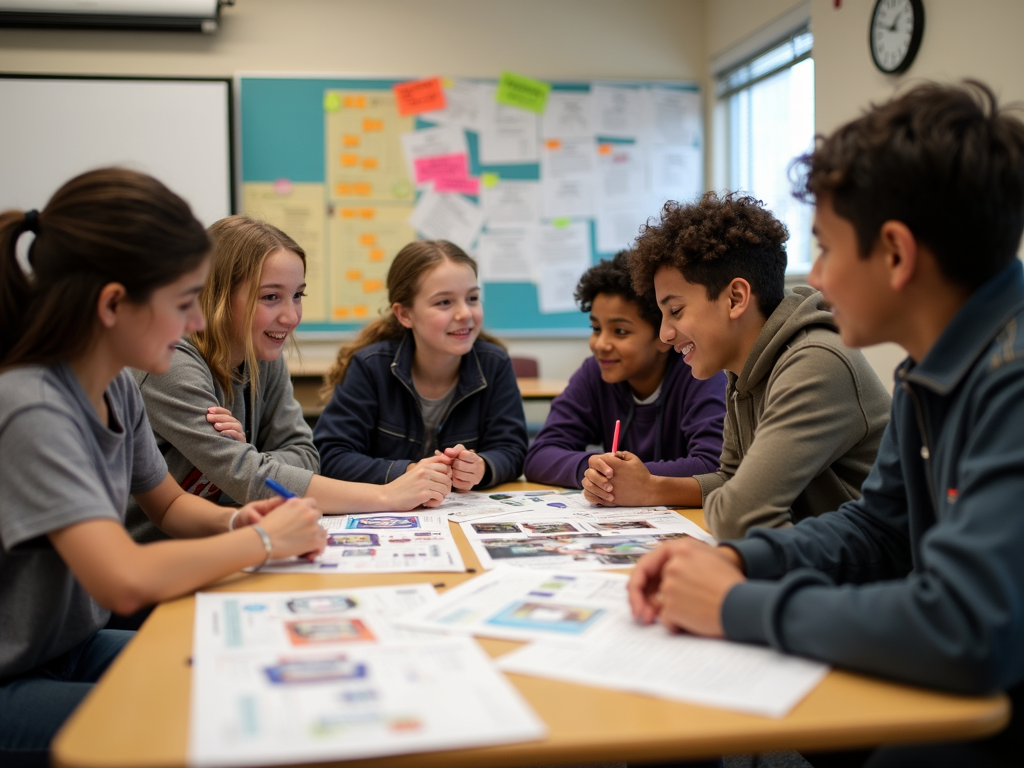
How Service Learning Benefits Students
Service learning makes schoolwork come alive. Students feel motivated when they see their efforts matter. Take a math class calculating supplies for a food drive—suddenly, numbers have a purpose. This hands-on approach keeps them engaged.
It also builds skills they’ll use later in life. Working together on a project, like organizing a health fair, teaches teamwork and communication. Solving problems on the fly—like fixing a schedule conflict—sharpens their thinking. These are skills employers and colleges value.
Reflection is a big part of it too. Students write or talk about what they’ve done, connecting it to their lessons. This helps them grow personally and understand their role in the world. A study from the University of Michigan found that students in service learning show better grades and more civic involvement.
| Feature | Traditional Learning | Service Learning |
|---|---|---|
| Setting | Classroom | Community |
| Learning Style | Listening and reading | Doing and reflecting |
| Student Role | Listener | Doer |
| Community Impact | None | Direct and positive |
| Success Measured By | Tests | Projects and growth |
This table shows how service learning flips the script on traditional education.

How Communities Gain from Service Learning
Communities thrive when students step in. Nursing students might offer free checkups in low-income areas, boosting health awareness. Education students tutoring kids can raise reading scores. These efforts meet needs that might otherwise go ignored.
Projects like these also build bridges. Schools and local groups team up, creating lasting ties. For example, an environmental club planting a garden can spark a partnership with a neighborhood association. Over time, these connections grow stronger.
I’ve seen this firsthand. In one project, students built benches for a park. The community loved it—kids played there, and families gathered. That small act rippled out, making the area feel more welcoming and cared for.
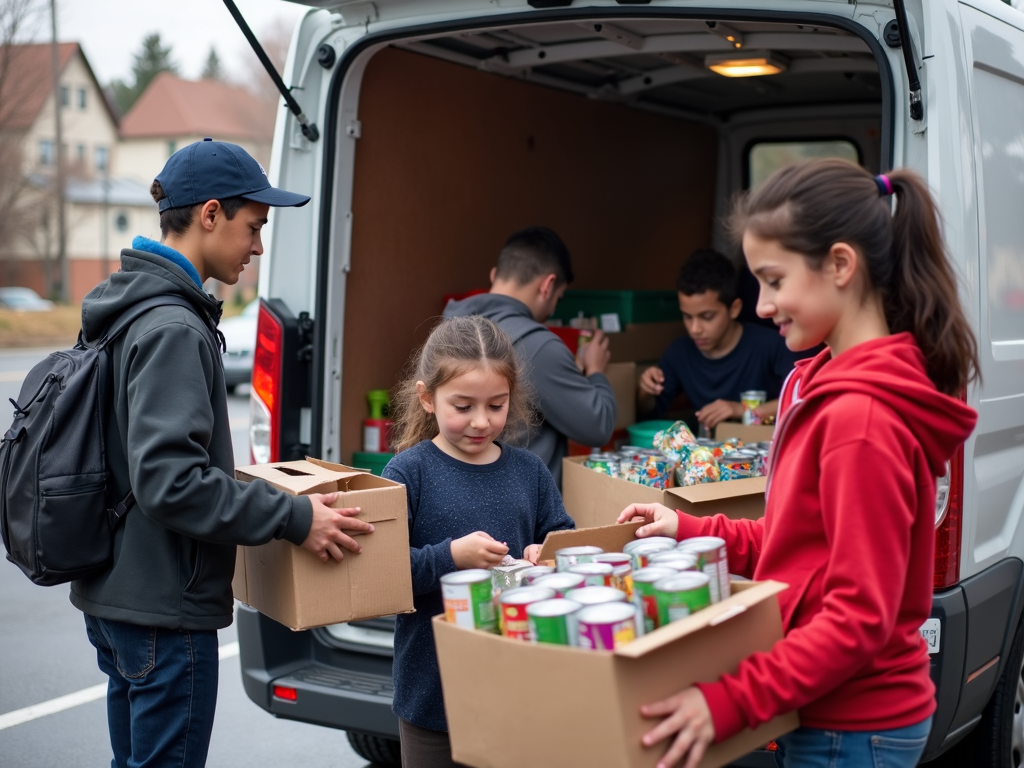
Challenges of Service Learning (And How to Fix Them)
Service learning isn’t always easy. One hurdle is matching projects to class goals. If a project feels random—like cleaning a park in a literature class—students miss the point. The fix? Pick tasks that fit the subject, like writing stories about the park’s history.
Logistics can trip things up too. Arranging buses or timing projects takes effort. Schools can solve this by planning ahead and partnering with groups who handle details.
Keeping community partners happy is another challenge. Clear goals and regular check-ins help. Everyone needs to know what’s expected from the start.
Measuring success is tricky since it’s not just about grades. Teachers can use journals or presentations to see growth. A guide from the National Youth Leadership Council offers tips on making this work smoothly.
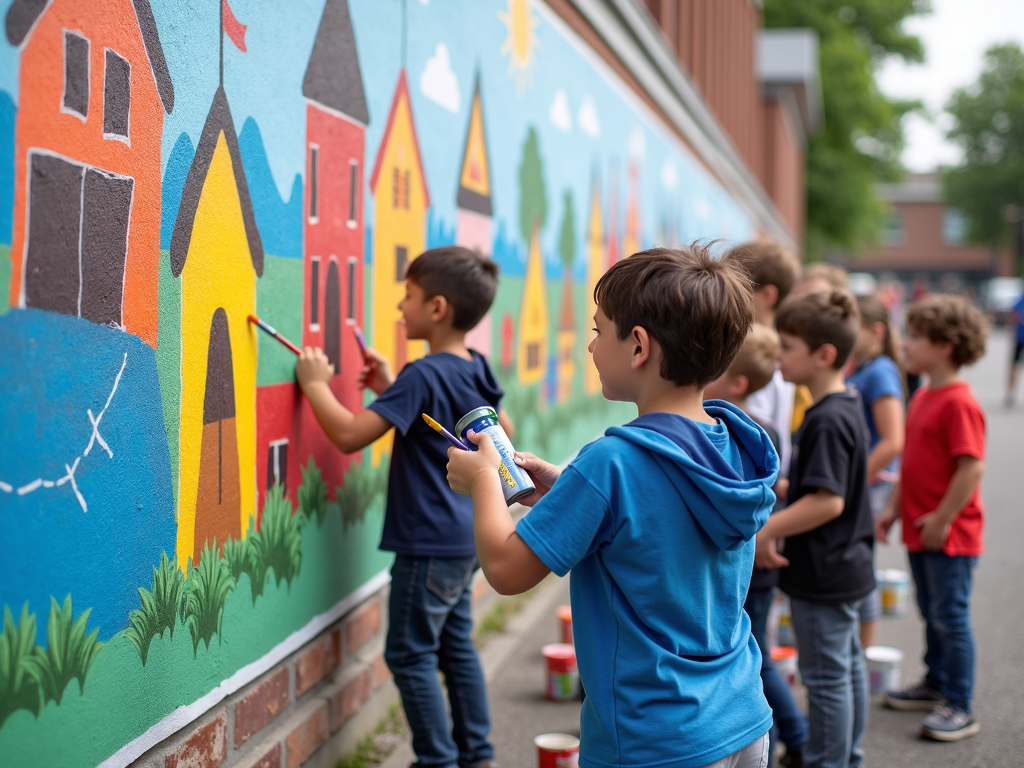
Tips to Make Service Learning Work
Here’s how to nail a service learning project: - Let students plan: They’ll care more if they help choose the project. - Set clear rules: Everyone should know the goals and steps. - Talk it out: Regular chats keep things on track. - Reflect often: Writing or discussing helps students learn from what they do. - Celebrate wins: Share successes with the community to build pride.
These steps turn good ideas into great results.
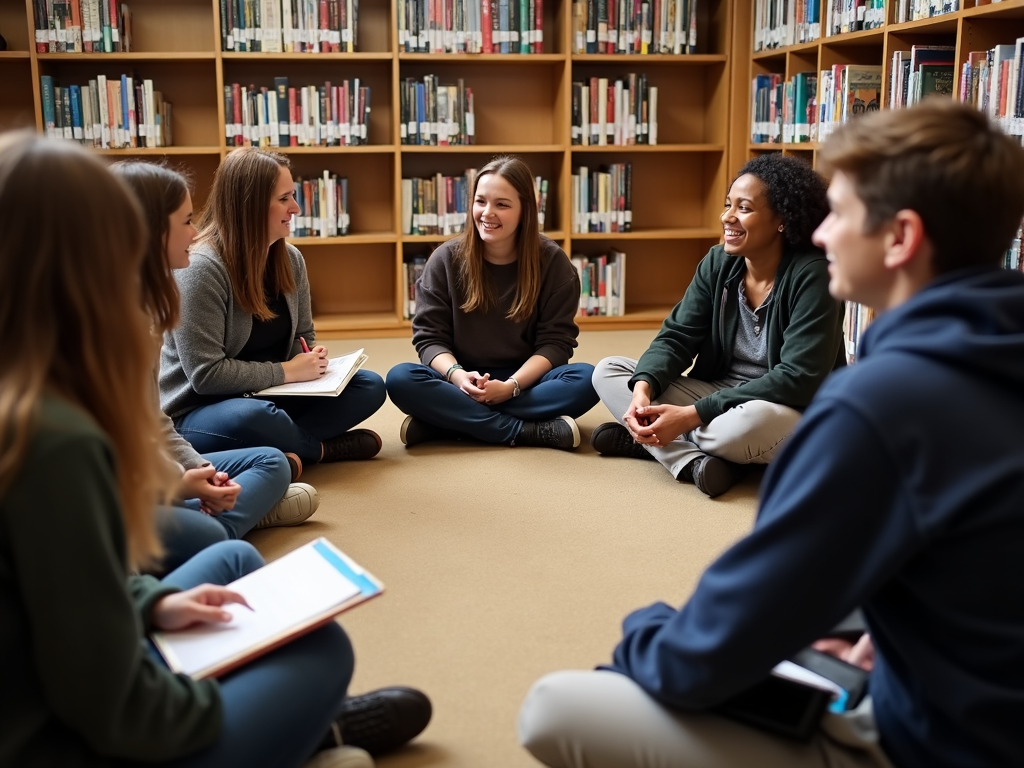
A Personal Take on Service Learning
I once worked with students who turned an empty lot into a garden. They studied soil in science, planned layouts in math, and wrote about it in English. Seeing their pride—and the neighbors’ joy—was unforgettable. It showed me how service learning ties education to real life.
Another time, a shy student found her voice leading a book drive. She went from quiet to confident, proving these projects change people. That’s the magic of it—students grow while helping others.
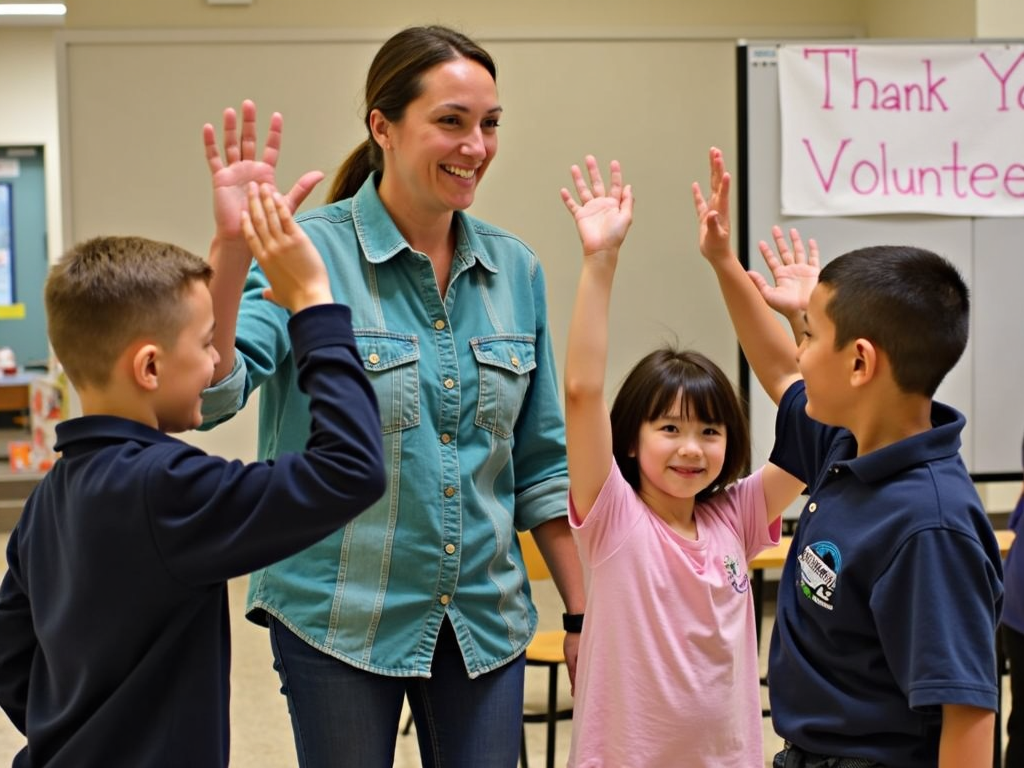
Wrapping It Up
Service learning experiences in education blend school with service to create something special. Students gain skills, confidence, and a sense of purpose. Communities get help where it’s needed most. It’s a simple idea with big impact—learning by doing, not just listening.
With smart planning and teamwork, service learning can change how we teach and live. It’s worth the effort for the difference it makes.